- Joined
- Mar 3, 2014
- Messages
- 634
After cutting a 2 1/4 -8tpi thread, for a spider, that didn't fit I took a good look with a 8tpi thread gauge.
Didn't line up. Just a small difference.
This is why I think they just used what was close. Have seen other examples of this in the industry from china.
Have cut hundreds of threads of several styles as well as specials to match weird china stuff over the years.
Ya,these were made in Taiwan but are low end machines with poor fit and finish.
Before I try again I'll be checking everything out as well as the change gears and measuring the pitch closely.
A six jaw chuck, Bison, that I purchased with a 8 tpi backplate fit, but the threads are very loose and it hasn't more than
4 or 5 mating threads.
Didn't line up. Just a small difference.
This is why I think they just used what was close. Have seen other examples of this in the industry from china.
Have cut hundreds of threads of several styles as well as specials to match weird china stuff over the years.
Ya,these were made in Taiwan but are low end machines with poor fit and finish.
Before I try again I'll be checking everything out as well as the change gears and measuring the pitch closely.
A six jaw chuck, Bison, that I purchased with a 8 tpi backplate fit, but the threads are very loose and it hasn't more than
4 or 5 mating threads.

 Steve Shannon, P.E.
Steve Shannon, P.E. 
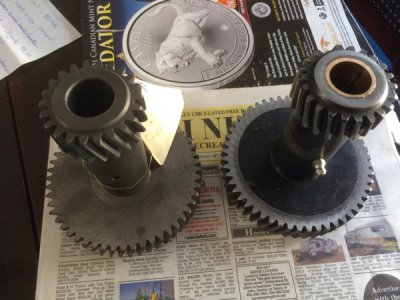
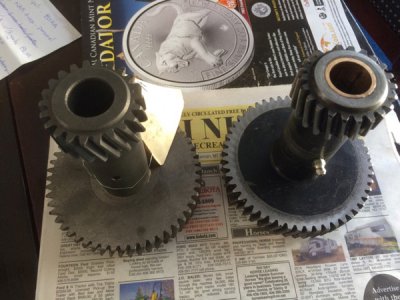
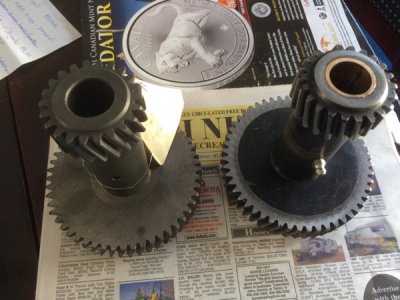
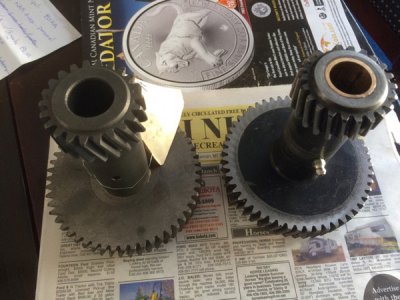
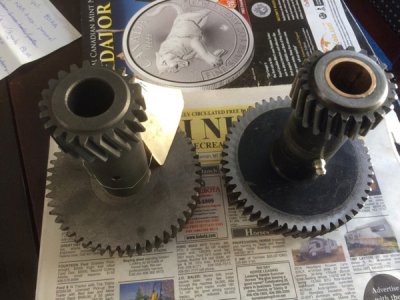
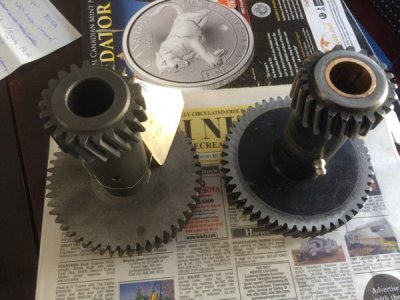
 )
)




